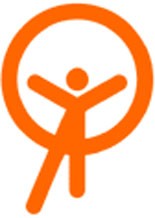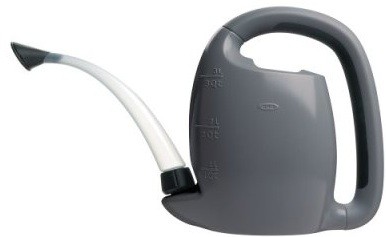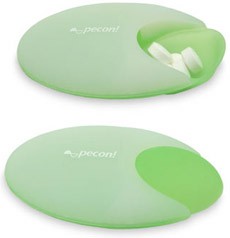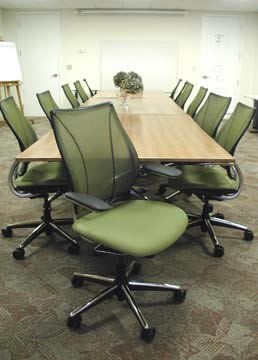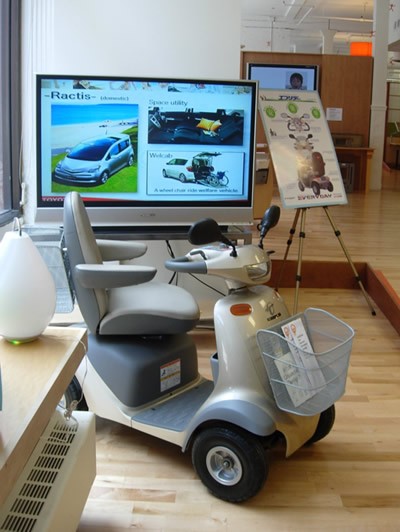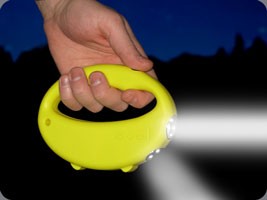Adaptive Environments: Inclusive Design
Organization Uses Design as a Tool for Accessibility
By: Mark Favermann - May 17, 2008
-
Adaptive Environments
-
180-200 Portland Street, Suite 1
-
Boston, MA 02114
-
tel: 1 (617) 695-1221
-
fx: 1 (617) 482-8099
-
email: info@AdaptiveEnvironments.org
When I was first in graduate school in the 1970's, there was great interest (personally as well) in the humanization of the design process. Courses were taught on subjects like environmental psychology, sociology of design and other related behavioral topics. What was interesting about the courses was that they were attended by a variety of students of different design disciplines—architecture, landscape architecture, planning and urban design. All disciplines were to get it. This focus probably evolved from the philosophies and attitudes emanating from the late 1960's and early 1970's desire for a more humane approach to society. This was coupled with the emerging and fascinating discipline of ergonomics practiced primarily by industrial designers.
But, this thoughtful direction lost prominence in design schools and design disciplines during the late 70's and 80's due to a heavy focus on economic issues and an arrogance of design based upon superficial aesthetic trends. Humanistic sensitivity added unknown cost and made design more difficult, I guess. Anyway, it faded away from prominent institutions like Harvard and UC Berkley among others and became something of an academic backwater. Professional design firms were only interested in making a living in the most direct way possible. The late 70's were a tough time in the design world.
Coming out of this short fertile period of interest in human factors in design and a sensitivity to the human condition, Adaptive Environments (AE) was founded by accessibility pioneer Elaine Ostroff 30 years ago in Boston. She was its executive director for 20 years. It has grown like a flower among thorns to be the pre-eminent international non-profit organization committed to advancing the role of design in expanding opportunity and enhancing experience for people of all ages and abilities. AE's work balances expertise in legally required accessibility with promotion of best practices in universal design. It is still based in Boston.
AE has been the lead organization in the international Universal Design movement. It has hosted five major international conferences (New York -1998, Providence -2000, Yokahama – 2002, Rio de Janeiro – 2004, Kyoto – October 2006). Likewise, it has also held international student design competitions, regional meetings and published web and print materials. AE is working with the UN on the implementation of the new Treaty on the Human Rights of Persons with Disabilities. This treaty endorses Universal Design as the basis for all design guidelines.
It has an unusually rich and flexible expertise and a capacity well beyond its core staff of twenty designers, educators and humanists. AE knows the state-of-the-art of Universal Design in the spectrum of design disciplines from urban design, landscape and architecture to interior design, industrial design, media and information design and has an international network to call upon for assistance and cooperation.
Adaptive Environments' Core Beliefs state: (1) Design is powerful and profoundly influences our daily lives and our sense of confidence, comfort, and control. (2) Variation in human ability is ordinary, not special, and affects most of us for some part of our lives. These beliefs have dovetailed exactly with 21st Century design initiatives and ethos. Now, all design professionals seem to genuflect and pay homage to universal design and green design issues.
What Adaptive Environments does is to foster Universal Design. Universal Design is a framework for the design of places, things, information, communication and policy to be usable by the widest range of people while operating in the widest range of situations. Most simply, Universal Design is human-centered design of everything with everyone in mind. Universal Design is also called Inclusive Design, Design-for-All and Lifespan Design. It is not a design style but an orientation to any design process. It begins with a responsibility to the experience of the user. Interestingly, it has a parallel in the green design movement that also offers a framework for design problem-solving based on the core value of environmental responsibility. Universal Design and green design are two sides of a triangle but at different evolutionary stages. Green design focuses on environmental sustainability, Universal Design focuses on social sustainability. The third side of the triangle is economics.
Universal, Inclusive, or Design-for-All have been considered more or less synonyms. Recently, there seems to be an increasing dialogue that questions whether "Inclusive" and "Universal" are synonymous or different. The UN's Ad Hoc Committee developing a new Convention on the Human Rights of Persons with Disabilities is currently grappling with choosing one or the other. The primary differentiation that is evolving has to do with "Inclusive" being interpreted to be broader, to embrace diversity in social and economic circumstances in addition to variation in age and ability. This is likely to become a more overt dialogue in coming years. Europeans tend to use the term Inclusive while Americans use the term universal more. AE is pushing for another term "Human Centered." Personally, I don't think this is specific enough.
Our aging population statistics are currently a primary catalyst for Universal Design. Across developed and evolving nations, people now tend to live longer than at any other time in human history. In the US, individuals average 30 years more than a century ago. This will affect the thinking about almost everything in the future that is designed. Eyesight, walking, bending, etc. can certainly change as we get older. The large baby-boomer population is a client target for design issue consideration. This huge aging group is now a prominent consideration of universal design.
The way that the term disability is defined and understood has also changed in the last decade or so. Disability was once assumed as a way to characterize a particular set of largely stable limitations. Now the World Health Organization (WHO) has moved toward a new international classification system, the International Classification of Functioning, Disability and Health (ICF 2001). This system emphasizes functional status over simple diagnoses. It is not just about people with traditionally acknowledged disabilities diagnostically categorized but about all kinds of people. Presently, the ICF is calling for the elimination of distinctions, explicitly or implicitly, between health conditions that are 'mental' or 'physical.' This new ICF system focuses on analyzing the relationship between capacity and performance to benefit everyone's personal experience.
Adaptive Environments' work includes funded projects with target audiences, specific services and products and grant periods usually made possible through government agencies, private foundations or corporations. The headquarters acts as the New England Americans with Disabilities Act (ADA) Center, funded by the U.S. Department of Education since 1996 with funding through 2011. A grant for Access to the Design Professions, an international project funded by the National Endowment for the Arts and private foundations has been in place since 1999. A National study on Inclusive Pedestrian Environments, Resources and Recommendations for Easter Seals Project ACTION was completed in October 2006.
Another focus of the organization is consultation to public and private institutions. Since 1985, AE has consulted with nearly 200 libraries, museums and cultural facilities, schools and universities, municipal, county and state agencies, transportation facilities, residential projects and commercial properties. A current project includes Smith College's new engineering building in Northampton.
A strong concern of the organization is Education and Promotion through web and print publications, lectures, workshops and conferences as well as formal and specifically tailored courses. Through all of this education and information distribution, AE is also a public policy advocacy organization. Adaptive Environments is a major national provider for technical assistance and other educational materials on the Americans with Disabilities Act, the Fair Housing Amendments Act, and universal design in general. Many of the materials produced by Adaptive Environments are included in the ADA Information File that the Department of Justice has distributed to 15,000 public libraries across the country and are used by the ten federally funded ADA Technical Assistance Centers.
The Adaptive Environment's Library is a major public resource for the design fields. It is considered the largest collection of material on accessibility and universal design in the U.S. Donations are welcomed to it. A new section of the library will be developed for Universally Designed Specifications with extensive product samples for architects, designers and the construction community. AE also provides courses both live and virtual. These courses are taught by AE staff as well as by national and international affiliates serving all design disciplines.
AE's entrance showroom includes exhibits of the world's leading manufacturers of universally designed products, traveling exhibits and the first retail store in the US exclusively for universally designed products and publications. To augment their programs, AE has corporate sponsors who are global product innovators. Each is chosen to showcase their companies to the international design community through the showroom and website. Corporate Partners are showcased for six months at a time with an opportunity to renew. The products range from manufacturers of ergonomic office products to universally designed vehicles to helpful products for the kitchen and bathroom. All are functional and aesthetically pleasing. Wherever possible, they are made from recycled or sustainable materials. Products can be bought at the store or online.
Adaptive Environments is one of those wonderful solidly structured non-profit organizations that has developed and evolved to the point that it is making not only local and national but even world positive impacts. The mission and results of the organization demonstrate that sensitive design does greatly matter.

